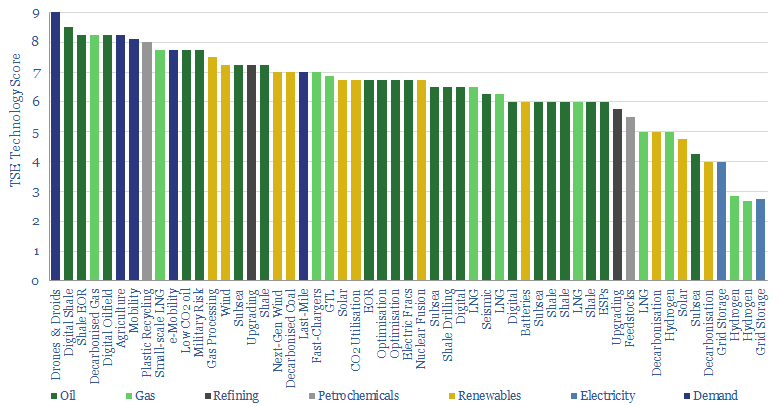Last year, we appeared on RealVision, advocating economic opportunities that can decarbonize the energy system. The “comments” and reactions to the video surprised us, suggesting the topic of energy transition is much more polarized than we had previously thought. It suggests that delivering an energy transition will need to be driven by economics, whereas polarized politics are historically dangerous.

The fist 50 comments from our RealVision interview are tabulated below. 17 were positive and enthusiastic (thank you for the kind words).
But a very surprising number, 16 of the comments, attacked the science of climate change. It is perhaps not a fully fair represenation, as those with extreme views are more likely to post comments in online forums. But 30% dissent is still surprisingly high. Read some of these comments, and it’s clear that fervent opinions are being expressed. Even moreso on our youtube link.
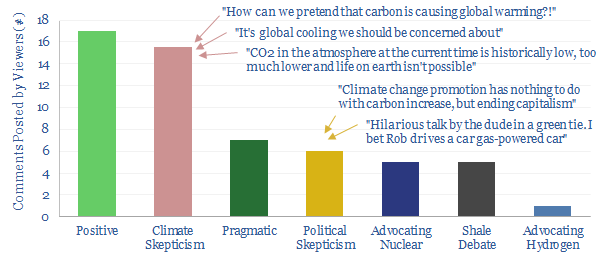
6 of the comments also challenged the politics behind energy transition, expressing concerns that some politicians are evoking fears over climate change in order to justify policies that are self-serving and only tangentially related to the issue.
These attacks are from an unusual direction. Living in New Haven, CT, we are more used to being criticised for seeing a continued, strong role for lower-carbon and carbon-offset fossil fuels in the decarbonised energy system (chart below).
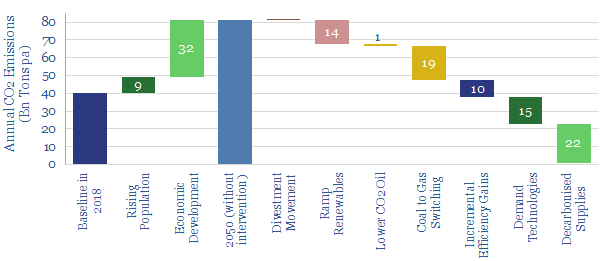
Indeed, another sub-section of the comments argued that our views did not go far enough. 6 of the comments called for a greater emphasis on nuclear or hydrogen and continued vilification of traditional energy companies. Our economic analysis suggests economics will be challenging for hydrogen, while nuclear breakthroughs are not yet technically ready. But one commentator, for example, dismissed this analysis and said our views must be “ideologically driven”.
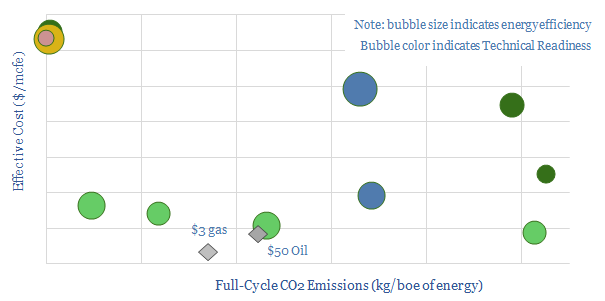
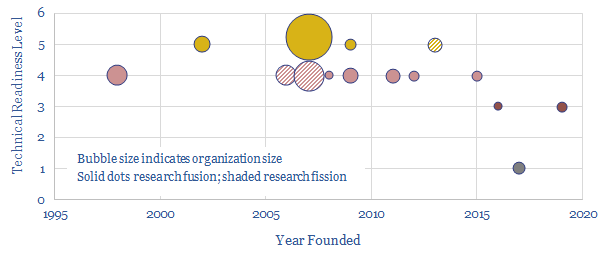
Mutual animosity was also clear in the comments section of the RealVision video. One comment reads “you are completely delusional..sorry that you got fed the wrong info by these fraudsters in suits and their little girl puppet. You’ll wake up to reality one day.” Another reads “let our kids and future generations figure it out like we had to from our forefathers!”. At last year’s Harvard-Yale football game, the protesters met any such criticism from the crowd with a chant of “OK boomer”.
Deadlock? Others in the comments section tried debating the climate science. One statement was criticised as a “typical ‘we know better’ argument”. Another commenter opined that all peer-reviewed scientific literature is “fraudulent”. The most sensible comment in the mix noted “very little space left between ‘Greta Evangelists’ and equally fanatical ‘haters'”. This appears right. It is a polarized, poisonous, deadlocked debate.
Historical parallels? Over the christmas break, I enjoyed reading James McPherson’s ‘Battle Cry of Freedom’, which described the gradual polarization of ante-bellum America, in the 25-years running up to the US Civil War. One cannot help seeing terrifying similarities. Animosity begat animosity. Eventually the whole country was divided by an ideology: abolitionists in slave-free states versus the unrepentant slave economies.
Ideological divides are also deepening in the energy space. 40% of world GDP has now declared itself on a path to zero carbon. What animosities will emerge between these carbon-free states and the unrepentant carbon economies?
Economic opportunities in energy technologies remain the best way we can see to deliver an energy transition without stoking dangerous animoisities. They will remain the central theme in our research in 2020, and we are aiming to stay out of the politics(!). Our RealVision video is linked here.
